10 Tips for Making Your House Your Own
A Home Stylist's Advice
By Susan Piperato | Photos by Deborah DeGraffenreid | Summer 2016 | Features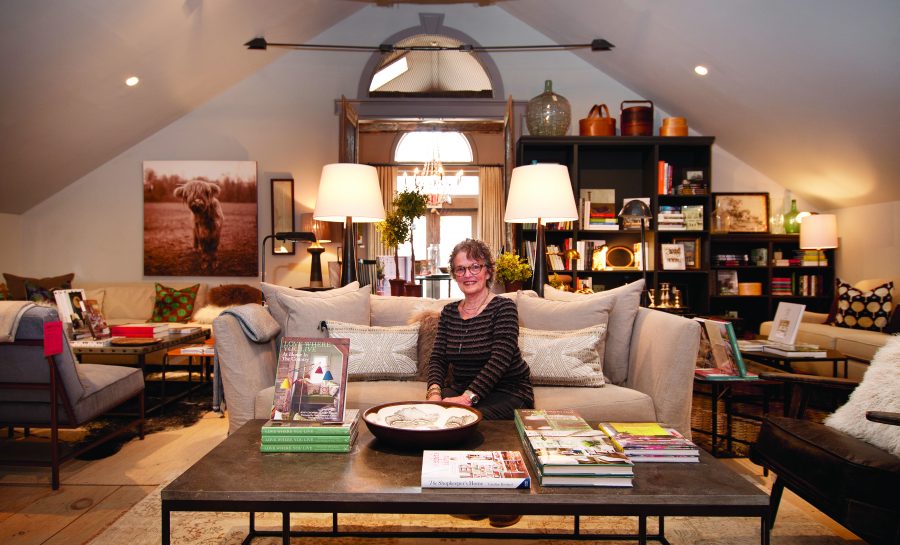
You have to “love where you live,” says home stylist and retailer Joan Osofsky. For more than 30 years, that’s been the guiding principle of her work, not to mention the title of her book on home design. Homes, Osofsky writes in Love Where You Live: At Home in the Country (co-written with Abby Adams and published by Rizzoli in 2013), “can and should express the passion and vision—the very soul—of the people who have made them their own.”
For Osofsky, styling a home means getting to know a house before renovating or styling it, and then “knowing how to mix things”—combining classic and contemporary design with unexpected items—an antique apothecary cupboard or a thrift store mirror, perhaps—and using rich color to create an environment that’s warm, welcoming, and quirkily singular.
“Hammertown’s design philosophy is a mix of old and new, so what we offer is a real collection,” she says. “We like homes to feel collected. That creates an authentic feeling in your home. Some designers like everything from one source, one period, but we don’t do that. We mix old and new styles. Some people say young people don’t want antiques anymore, but that’s not true. They do want antiques, they just need to know how to mix them with new things. That’s what we’re all about.”
Since opening her first shop, Hammertown Barn, in 1985 in a refurbished barn on the property where she raised her two children in Pine Plains, Osofsky has steadily expanded her brand by opening two more Hammertown stores, in Rhinebeck and Great Barrington, Massachusetts, and converting her former home, adjacent to her Pine Plains store, into a living showroom. Although all three Hammertown stores are set up to look like living spaces rather than traditional retailers with aisles full of goods, the house demonstrates Osofsky’s design philosophy and serves as the base for her home design consultancy, for which she frequently collaborates with designer Wanda Furman, who is based in both Manhattan and Pine Plains.
“People are always looking for help with their houses,” says Osofsky. But while they know that “they want to go beyond where they are in styling their home,” they’re often not sure how, she says. “They’ll say, ‘This room’s not working. What can I do?’”
Here are Osofsky’s top 10 hints for mixing it up to make your home your own. “When you walk into places that are designed to express the people who live there,” says Osofsky, “you feel the love.”
Joan Osofsky’s Top Ten
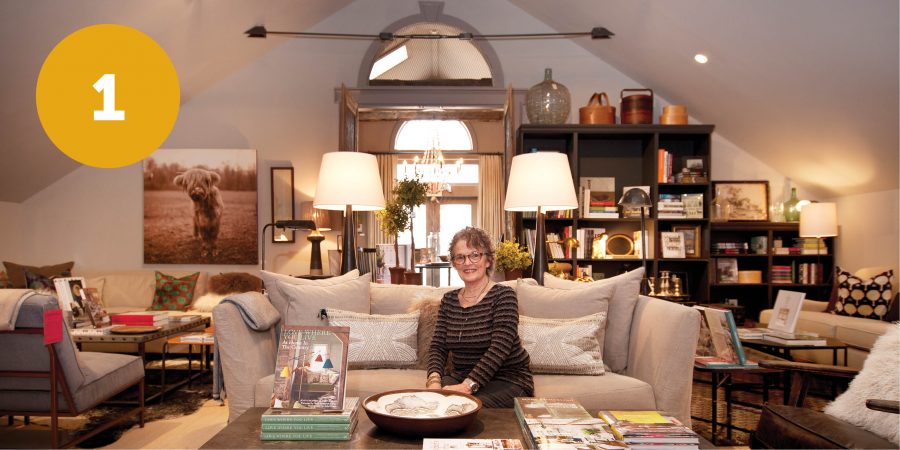
First and foremost, know your house. “To figure out how to use a space, you should live in it for a bit before making big decisions,” says Osofsky. “You feel energy in homes. Sometimes people rush to do things and make mistakes. You have to get to know and understand a house, and respect the house for what it is.”
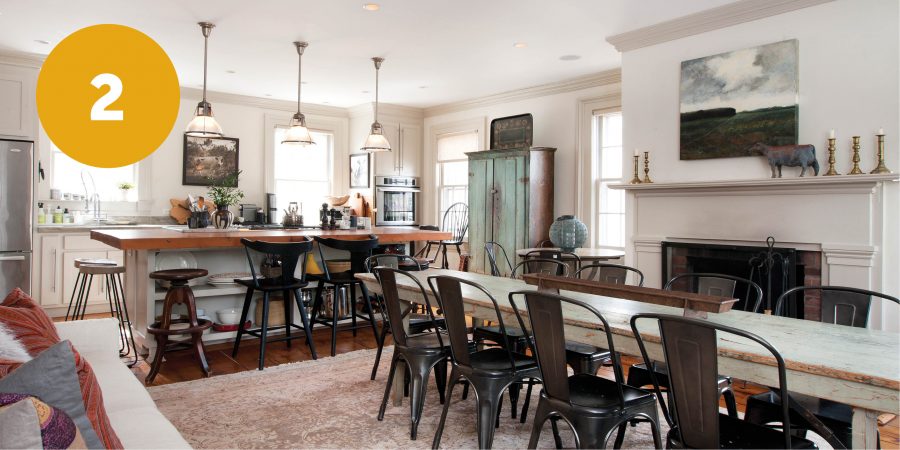
Focus on functionality and flow. “People love big rooms right now,” notes Osofsky. “They even like living in one big space. Having rooms that are multifunctional is very important. Rethinking the kitchen, for instance, opening it up and combining it with the dining room, can help create better flow in a house.”
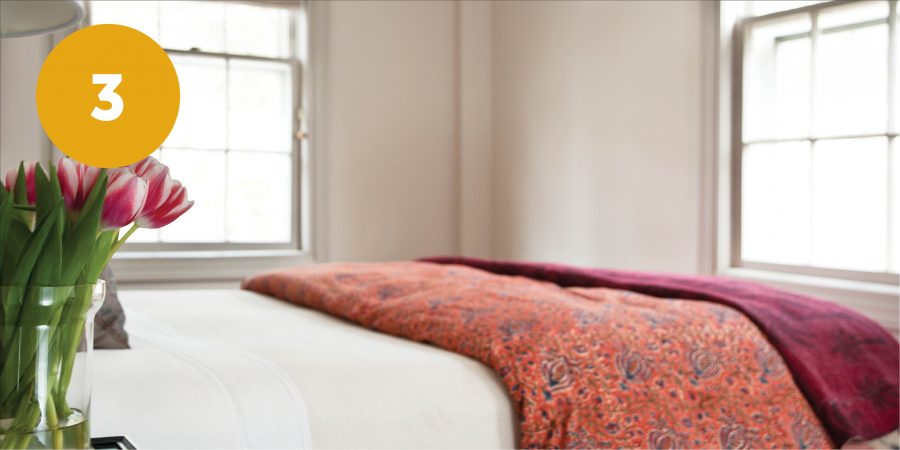
Make good use of color. “Sometimes, for us, it’s the color of the rug or bedding that determines the color of the walls. Other times, it’s the color itself,” admits Osofsky. “I love blue and I collect antique indigo quilts, so I designed a blue bedroom [for the showroom house]. I’m a big proponent of depth and warmth. We like Farrow & Ball and Benjamin Moore paints, and colors that are soothing,easy, warm—like blues and golds and neutrals.”
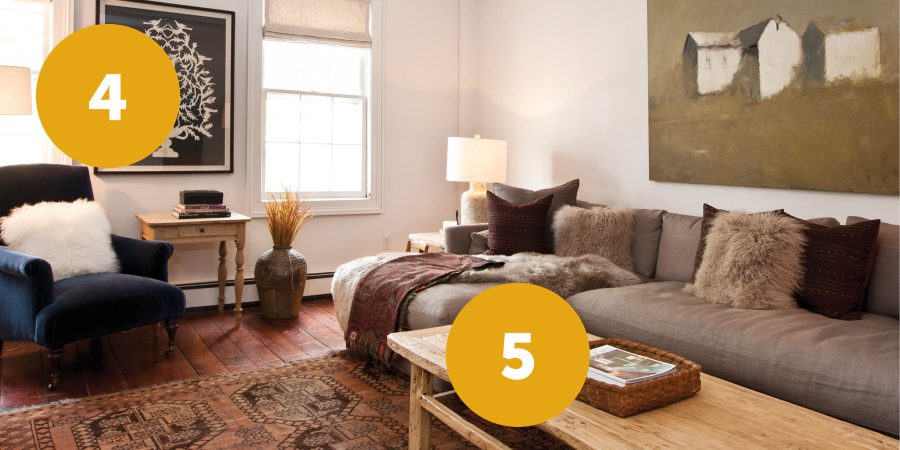
Walls are for displaying. “I like to see one big thing on a wall,” says Osofsky, “or else an interesting collection of related things hung in a group: dishes, plates, trays, artwork, photographs.”
Work from the rug up. “You can dictate a room and how it unfolds by using rugs,” according to Osofsky. Some people say, ‘But do I have to have a rug?’ We say, ‘Yes, you absolutely need a good-quality rug.’ If you’re on a budget, buy an inexpensive jute rug. They’re neutral. Get one of those, and then a smaller, good-quality Turkish or Oriental rug or vintage rug, and layer it. You’ll get more bang for your buck.”
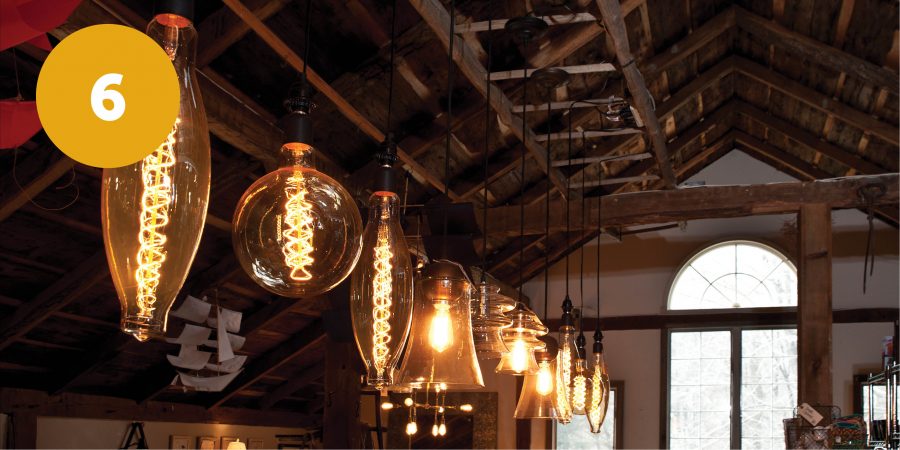
Dim the lights fantastic.“I don’t like to walk into a room and be blasted by overhead lighting,” admits Osofsky.“Often I go into homes that are just too bright, often because they only have overhead light with no good lamps. Balancing lighting is really important. Make sure there are overhead lights, good reading lamps, and task lamps in each room. Also, when buying lamps, make sure the lampshade is in proper proportion to the base—the lamps in chain stores aren’t always good with that. And always put dimmer switches on everything!”
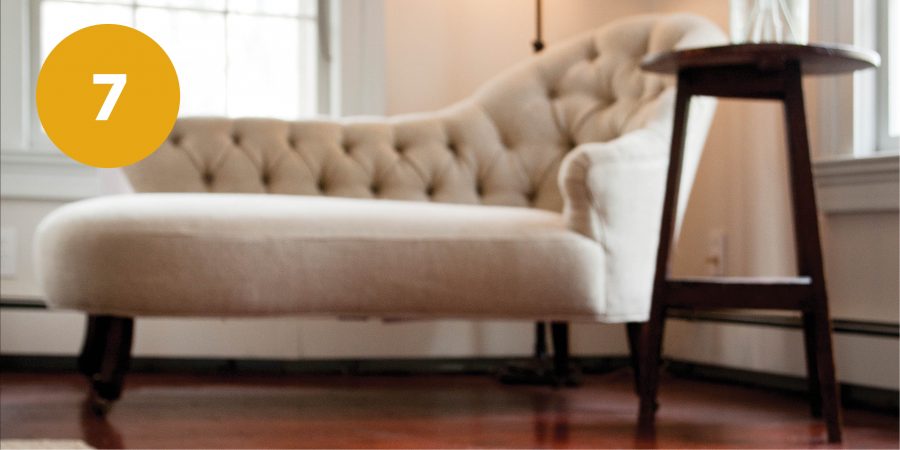
Couch It Carefully. “You need a good couch,” Osofsky says simply. “It’s a key piece. But often when people look for one in the store, they can’t tell if the sofa will work in their house or not. People often call us after the fact and say, ‘I don’t like this couch I bought.’ A lot of people buy for the look, but if you do that, you might end up with a great look but with an uncomfortable couch. So do a lot of research. Buy a new couch, not vintage. A lot of people have old dressers, which is great, but don’t buy a vintage couch. Your couch has to last, and be comfortable. That’s the point. Sectionals are great, if you’ve got the room. You also need to be careful about sizing. Sometimes it’s hard to visualize certain pieces of furniture in your home—especially couches—so do careful research.”
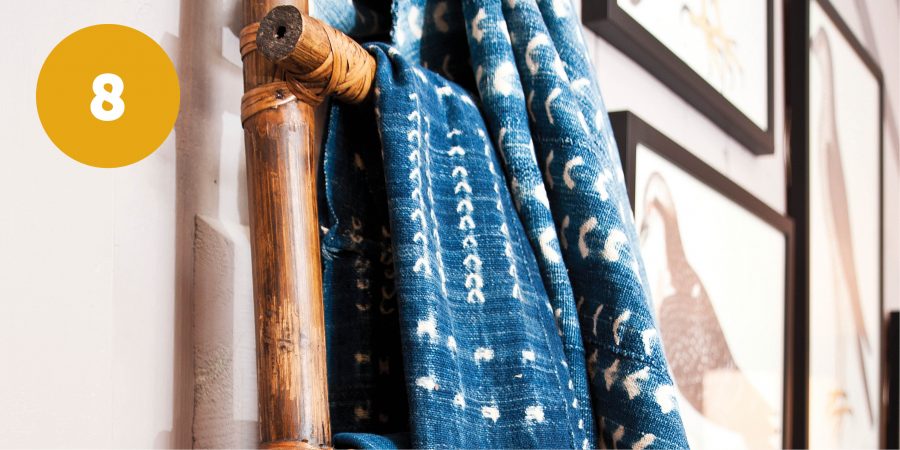
Accessorize. “Invest in key accessories,” Osofsky advises. “They give a home a real, strong feeling. Buy what you love. If you can’t afford it now, wait until you can, or watch for sales, or buy a secondhand version. Don’t just buy the best one you can afford. If you can afford it, buy local artists’ and artisans’ pieces [to accessorize]. You feel the love immediately from them in a room.”
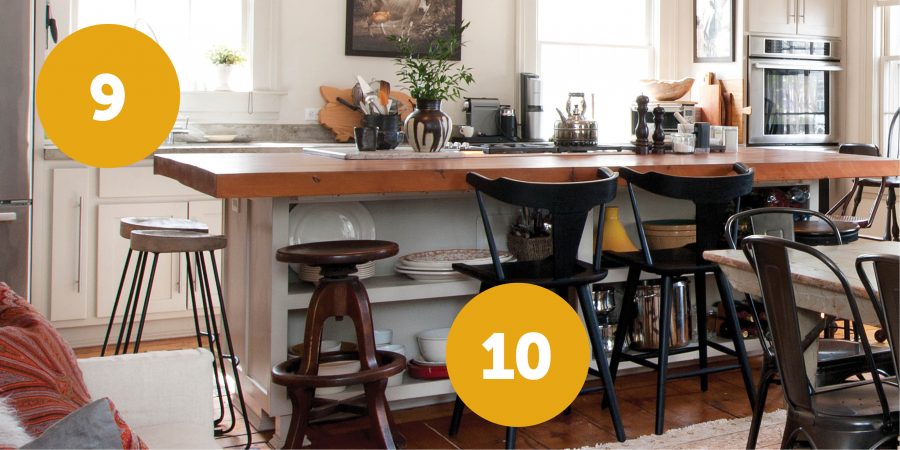
Quality matters. “A mentor of mine once told me to buy one great thing every year,” Osofsky recalls. “You’ll take the things you love wherever you go for your whole life, and you’re always going to remember when and where you bought them and where you were living then.” That being the case, she advises taking your time when shopping. “Look at stores that, even if you can’t afford to buy anything there, are inspirational to you,” she advises. “Remember, even the expensive stores have sales. Develop your eye. Have a plan when you shop. Focus on what to look for to illuminate a space. And treat yourself.
Let Seating Be Pleasing. “If you furnish only with new chairs from chain stores, it all begins to look alike and has no spirit,” Osofsky notes. “I’ve been in kitchens that have all the bells and whistles but no soul. Chairs have soul. It doesn’t bother me if the chairs or stools around the table are old and new and don’t match. They should be things you really love.”
